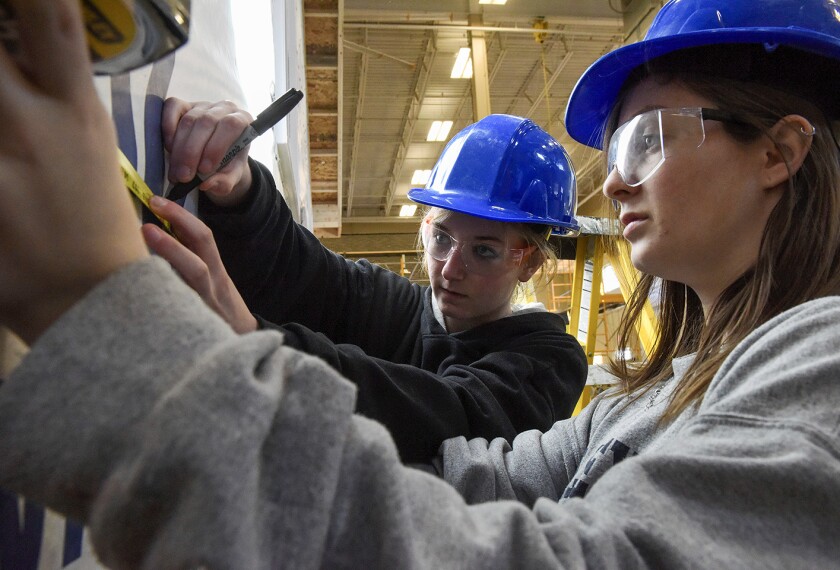Alaska needs to spend $100 million over the next five years—including $42.4 million in the coming fiscal year alone—to help students reach new academic standards mandated by the state’s accountability law, a governor’s task force says.
Members of an education funding task force appointed by Gov. Tony Knowles, a Democrat, said in their Feb. 5 report that Alaska’s basic education funding has failed to keep pace with inflation, and that schools will need additional dollars to meet new academic standards.
“It gets Alaska on the road to fulfilling a promise that all kids will meet high standards, and giving school districts the tools and financial resources—and more importantly, the qualified teachers—to bring that about,” said task force chairman Bob Weinstein, who also is the mayor of Ketchikan and a retired superintendent in the 600-student Southeast Island school district, which covers 20,000 square miles.
Elected leaders sounded the alarm when news emerged late last year that nearly two- thirds of Alaska’s students who took the state’s new high school graduation test had failed, and might not graduate on time. Gov. Knowles and the state education board have recommended a delay in requiring students to pass the test. (“Delay High-Stakes Graduation Exam, Alaska Board Says,” Jan. 10, 2001.)
In response, the governor’s task force recommended that the state spend $10 million each of the next two fiscal years to help districts pay for intervention programs for students who are struggling academically.
More Money for Basics
Besides the failure to keep pace with inflation on per- student spending, the report says that many children in Alaska’s public schools use outdated textbooks; that some districts haven’t matched their curricula with state standards; and that special education has been neglected.
Maintenance on school buildings has fallen behind, and perhaps most important, Alaska has slipped from its former status as a national leader in teacher salaries, the report states. It asks for 2 percent teacher raises in each of the next five years, raising the current average salary of $47,262 to an amount high enough to lure teachers. It also asks for college-loan reimbursement for teachers, regardless of where in the United States they attended college.
The report contends that without the proper resources, many Alaskan schools are not “able to maintain an appropriate level of education services ... As a result, it is likely that many students have not had the opportunity to meet higher state academic standards.”
Gov. Knowles generally supports more funding for schools, but had not decided last week what his specific recommendations would be. He plans to announce his position within the next several weeks.
“The governor has said we need more money for education in Alaska,” said Claire Richardson, the governor’s deputy press secretary, adding that the governor has indicated that the task force has produced a “good, solid report.”
When he appointed the task force in December, Mr. Knowles said schools would need more money to help them meet the new academic standards. He said of his appointees: “Their task is vitally important—making sure our schools have the resources necessary to improve student achievement and success.”
The report was accepted last week by the state school board, which was slated to hold a public hearing on the plan Feb. 13.
Sen. Gary Wilken, a Republican who represents part of Fairbanks, has introduced a plan of his own. His bill focuses on the state’s failure to keep up with inflation in basic per-pupil funding, and calls for $30 million more in state aid in the coming fiscal year. But he says he can support any reasonable plan to make sure schools are better equipped.
“I’ll support any approach that recognizes the needs of our school districts and our kids across the state,” Mr. Wilken said.
Broad interest in education among legislators suggests that some sort of solution to the state’s funding problems will emerge from the current legislative session, the senator said. “I’d be really surprised if we didn’t have any significant increase in K-12 funding this year,” he said.




